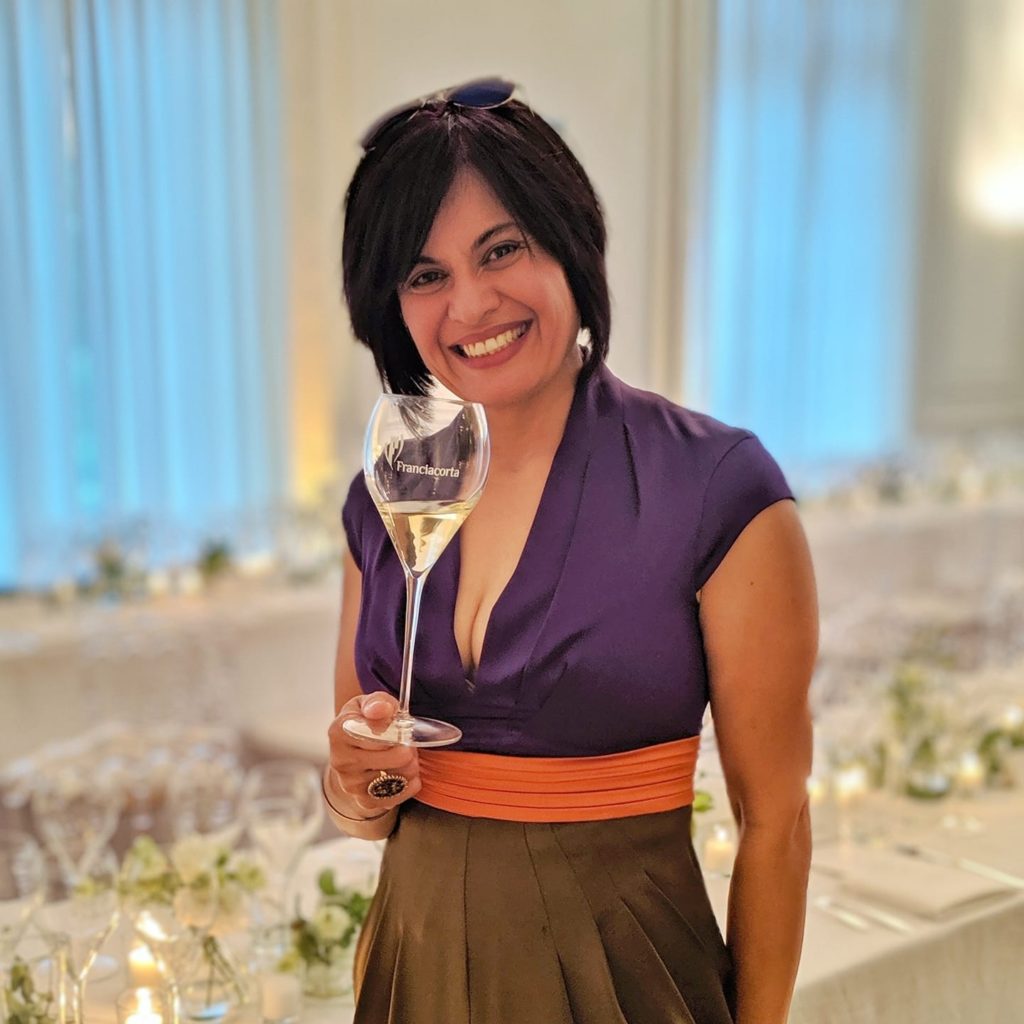In this social media obsessed world, everyone is trying to maximize brand awareness. Be it modern technology tools – creating content marketing via smart phones, social networks (Instagram/YouTube/Twitter/FB), email, online marketing, storytelling or traditional advertising formats like radio, television and print.
Call us old school, but we still believe one of the most effective tools in marketing still is Word of Mouth aka Social Interaction. Organic, original, and cheap, word of mouth is still the most powerful and valuable tool. According to Nielsen, 92% of consumers believe friends and family recommendations over all forms of advertising.
The most frequent question I have encountered in my role as Brand Ambassador these past two years is “What does it take to become a brand ambassador”? So for all you curious cats out there, this one is for you!
How does one qualify for a brand ambassador of wine? The credentials and pre-requisites:
Formal Certifications: from the most prestigious wine schools in the world – WSET (Wine & Spirit Education Trust) and CMS (Court of Master Sommelier). Add the coveted VIA (Vin Italy Academy) – Italian Wine Ambassador earned under the tutelage and discerning eye of Dr. Ian d’Agata (former scientific director of VIA).
These certifications provide pertinent tools to discuss soil structure, fruit yields, viticulture, climatic influences, irrigation options, wine making strategies, clonal differences, production related matters including costs and profitability, marketing trends and value at our finger tips. Basically transform into a walking-talking encyclopedia of wine.
Our bookworm disposition paid off and we earned the task of being a Brand Ambassador for Franciacorta – Italy’s leading sparkling wine made via method traditional.
Know Your Product: No, it’s not about bragging rights for identifying a grape or region. It’s opening your mind to listen to what the wine in context has to say. In-depth understanding of the factors that affect the production of wine from farming to bottling (viticulture, vinification, maturation, packaging etc) and how it influences the style, quality and price tag. Is the wine outstanding or simply acceptable quality? Does it have the right balance of fruit, acid, tannins? Does it have adequate concentration of fruit and structure for long term ageing or does it merit drinking it early? What’s the value in relation to style and quality? Staying on top of legal and trade structure surrounding these wine regions doesn’t hurt too.
Dynamics of the Market: One also needs to be intimately familiar with both the local and global market. What’s your local market’s position? The demographic and economic bracket that purchases your product – baby boomers, Gen X, Y, or Z? The consumer tastes in your market? Do people prefer simpler fizzy drinks like Lambrusco and Prosecco or does the average consumer understands the painstaking nuances of sparkling wine made via secondary fermentation in the bottle aka traditional method? Have you gathered adequate quotable data regarding your friendly competitors? Current global wine trends – What’s hot, but more importantly which product is declining?
Storytelling: As a wine writer, the stories flow naturally. With a bit of stealth work – historical, cultural, political research of both the region and the families whose heritage might date back to 14th century, is when one is comfortable going on stage, literally.
Public Speaking: Writers are renowned for the shy, introvert, solitary traits. Often people who struggle with speech, communicate and compensate with writing. So now I have the dual role of not only being a natural storyteller, but I should embody the confidence and courage to stand tall in front of some of the most knowledgeable folks in the world and lead a master class.
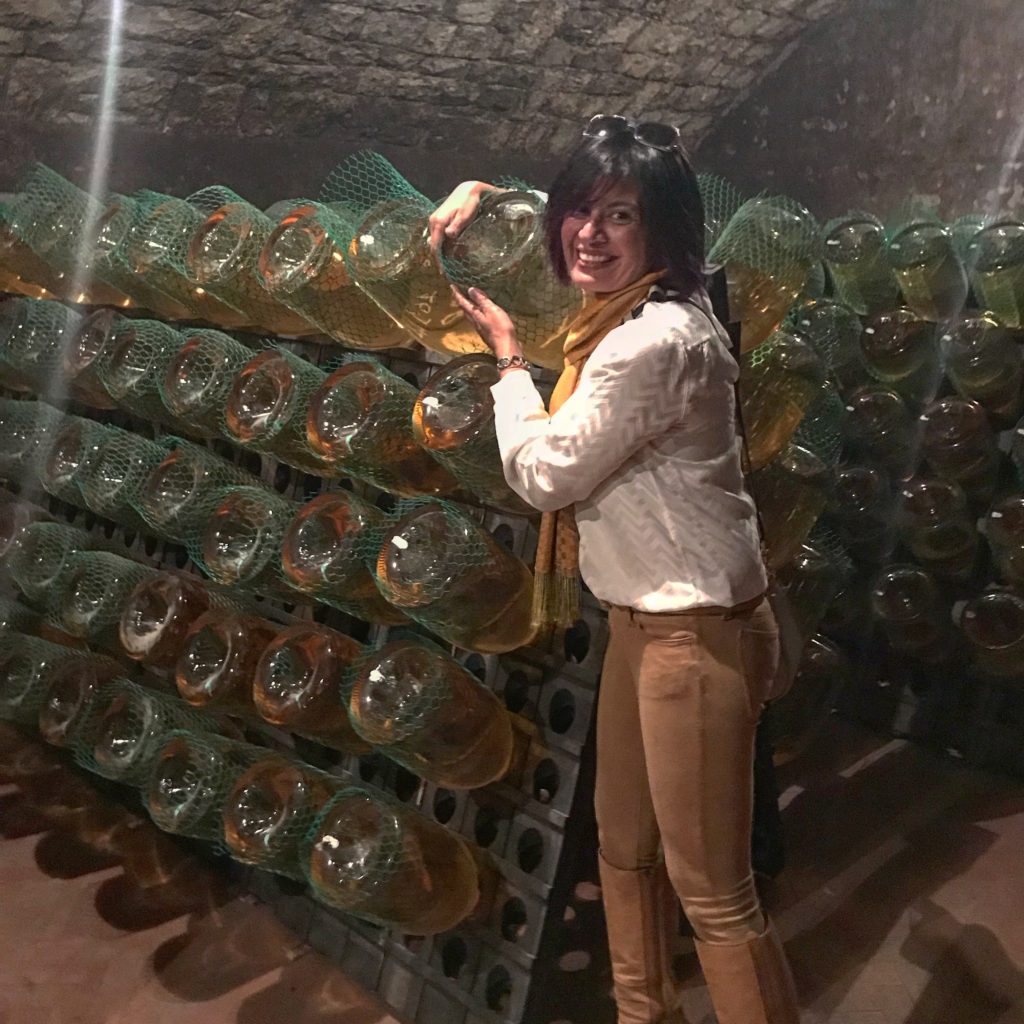
Ca’ del Bosco 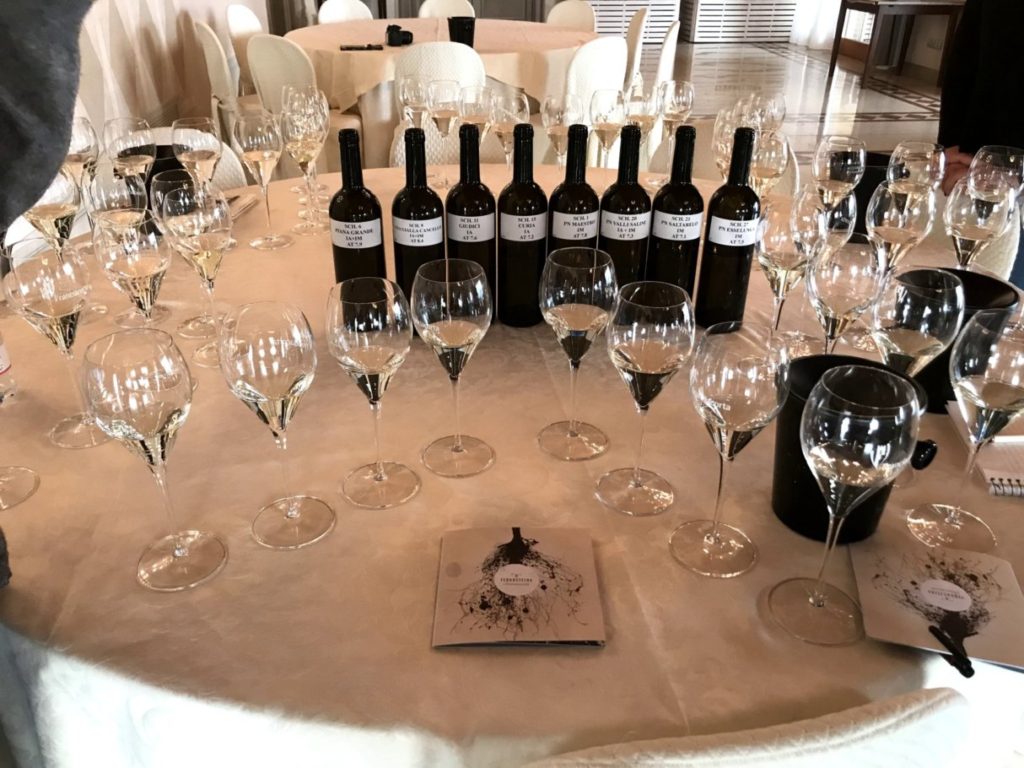
Ferghettina 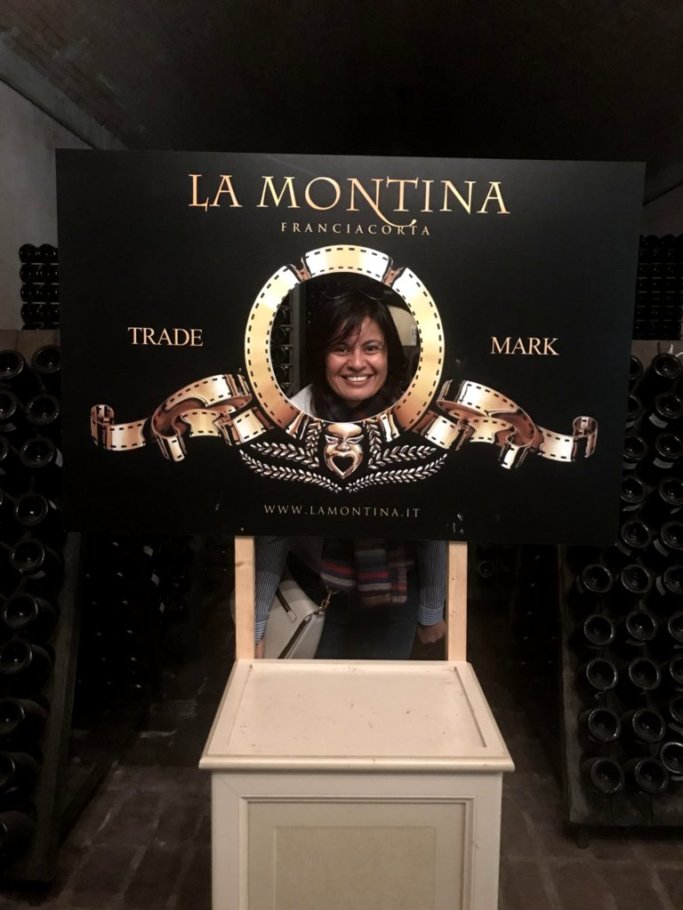
La Montina 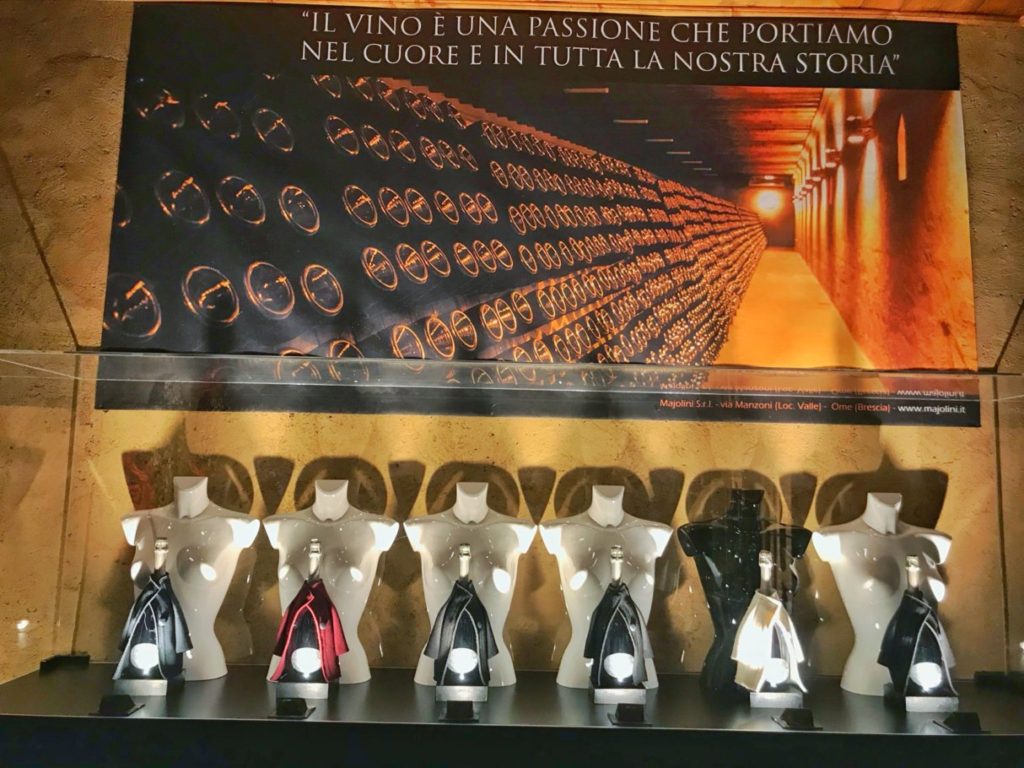
Majolini 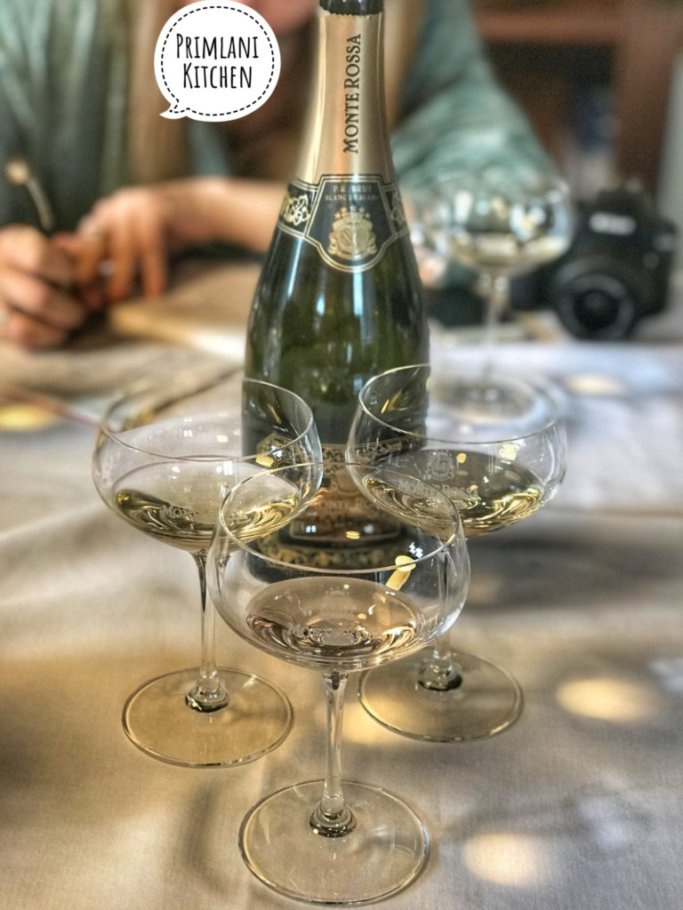
Monte Rossa 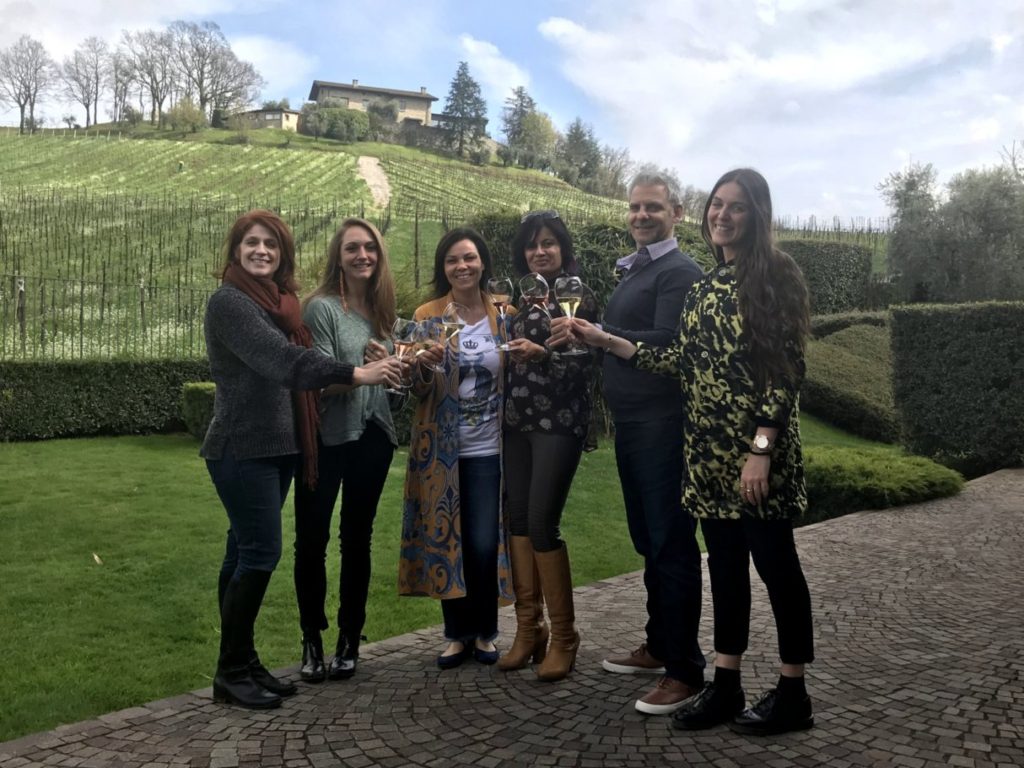
Ronco Calino
Informal skills I learnt along the way:
Super-Efficient Server: Pouring precisely 1 oz of sparkling wine (picture the bubbles and mousse) without utilizing any measurement tools, in a timely manner. Which basically means pouring 20-25 thirsty people in a matter of minutes. Yep after 2 years training on the job, I can pour 2 bottles simultaneously without spilling even a precious drop.
Meticulous Dish Washer: Hand washing and polishing each exclusively designed Franciacorta glass before and after each seminar. At the minimum 2 per person, that is 50 glasses per session, maximum 4 glasses = 100 glasses.
Relentless Marketer: After scouring the internet to ensure my marketing strategies/ideas are unique. Send endless emails and cold calls to restaurants, wine bars, hotels, retail stores, hoping they would see the merits of the most brilliant plan/promotion ever (modesty is sadly not one of my many virtues). Keep your chin up, don’t take a no personally. Take a deep breath. Re-evaluate your options. Drink a glass of bubbles and jump right back on the wagon till you hear the sweet sound of victory – yes.
Happiness Guru: The bottom line is you have to make people happy. Whether it is by creating a memorable and fun learning experience, or by sharing delicious wines, or by connecting on a cerebral level, or all of the above. You should have an uncanny ability to read the room, listen, connect, and deliver happiness (in our case sparkling wine seems to do the trick).
The Perk(s):
Networking: I get to connect with the coolest people on the planet and share my love for wine. Some who are seasoned consumers, some that require the extra nudge to unravel the magical world of wine, and of course the crème de la crème of the industry.
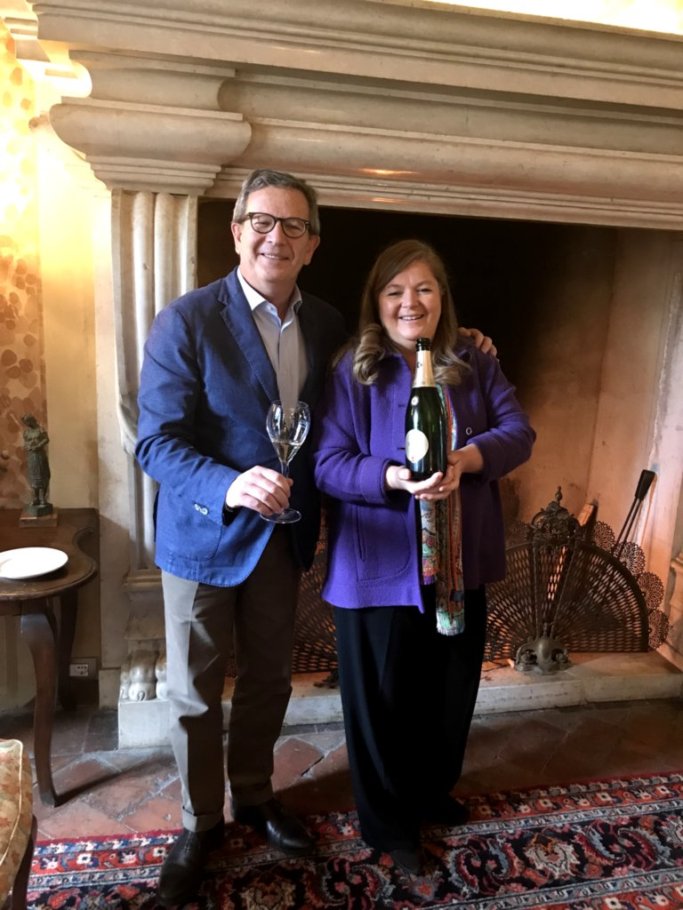
Cristina & Arturo Ziliani – Berlucchi Guido 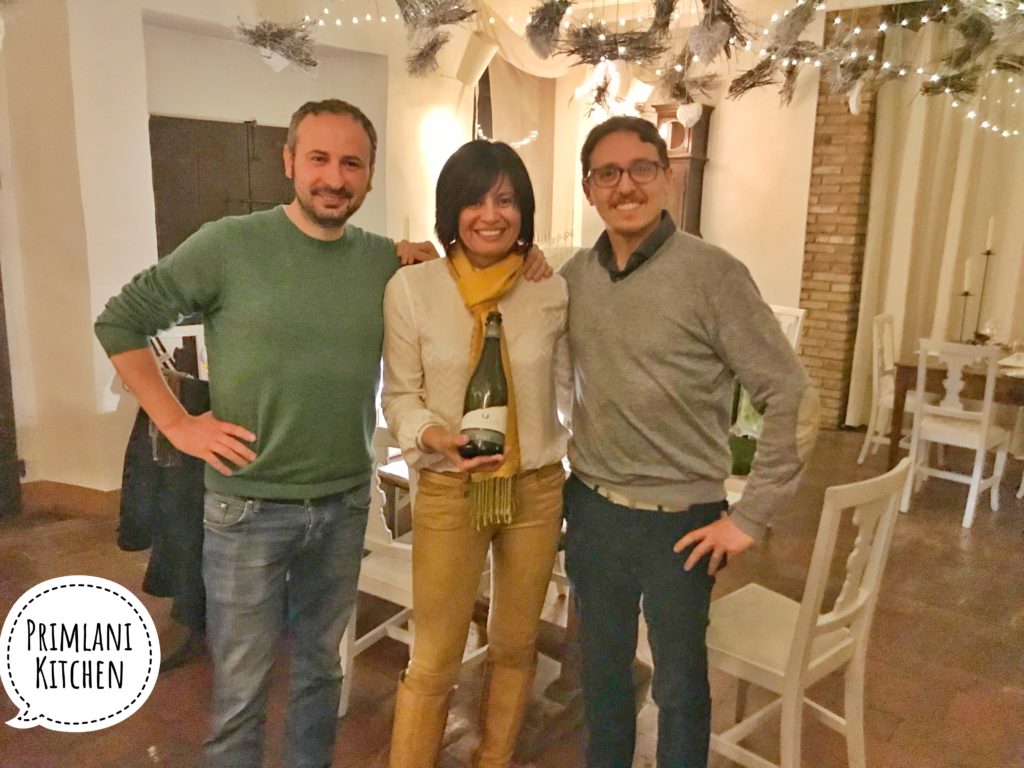
Gigi Nembrini – Corte Fusia Franciacorta 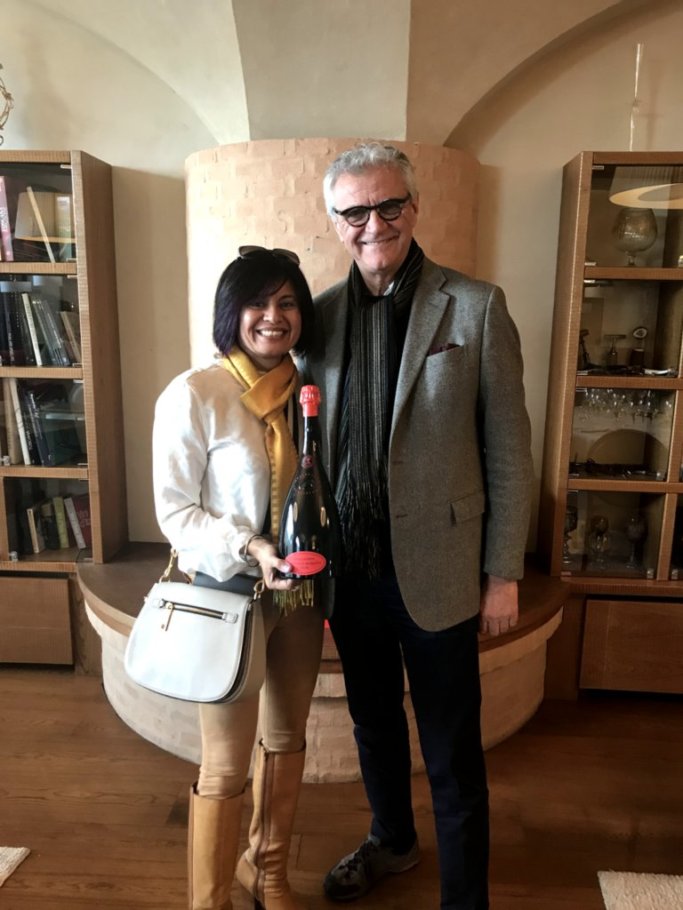
Mattia Vezzola – Bellavista 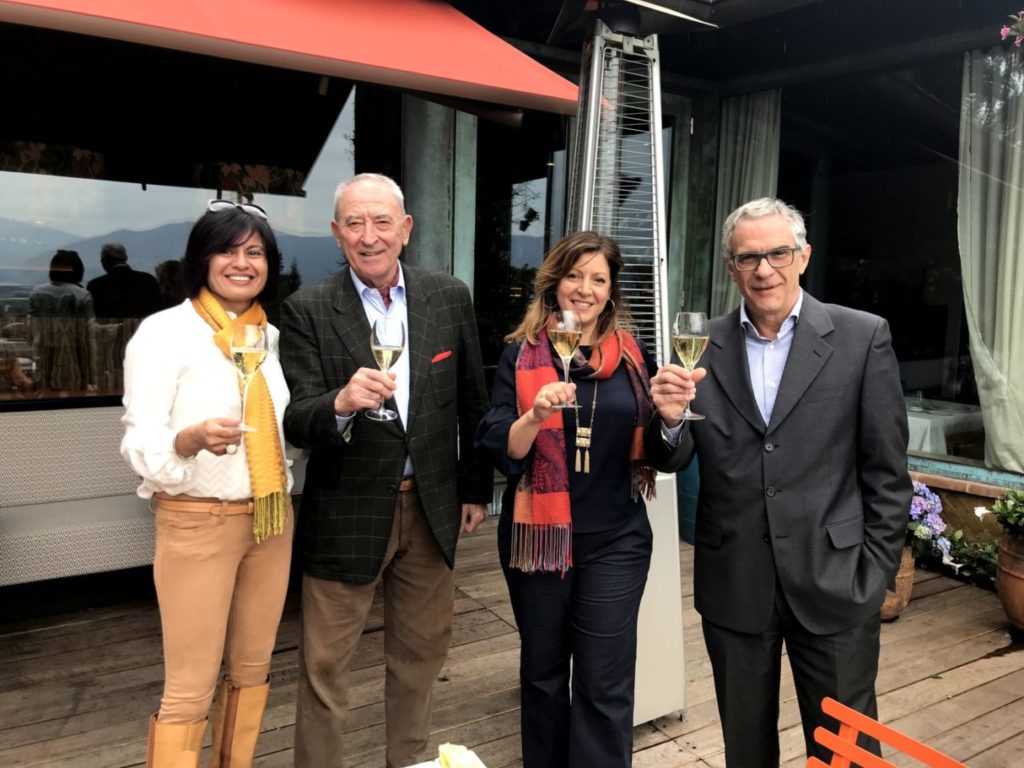
Vittorio Moretti – Bellavista
Hands-on Learning: Why not convert my natural gift of gab into something productive? Leading wine classes not only allows me to demystify wine, it solidifies the knowledge I have learnt along the way. In turn this social interaction enlightens the teacher.
Visiting Vineyards & Wineries: I get to visit wine regions and master the captivating and cerebral part of wine through the eyes of brilliant wine makers and visionaries. Naturally, with it comes along the joy of discovering new flavors through decadent 4-10 course dinners, lavish bites created by Michelin star chefs and our favorite: a home cooked meal made with love and pride by nonna.
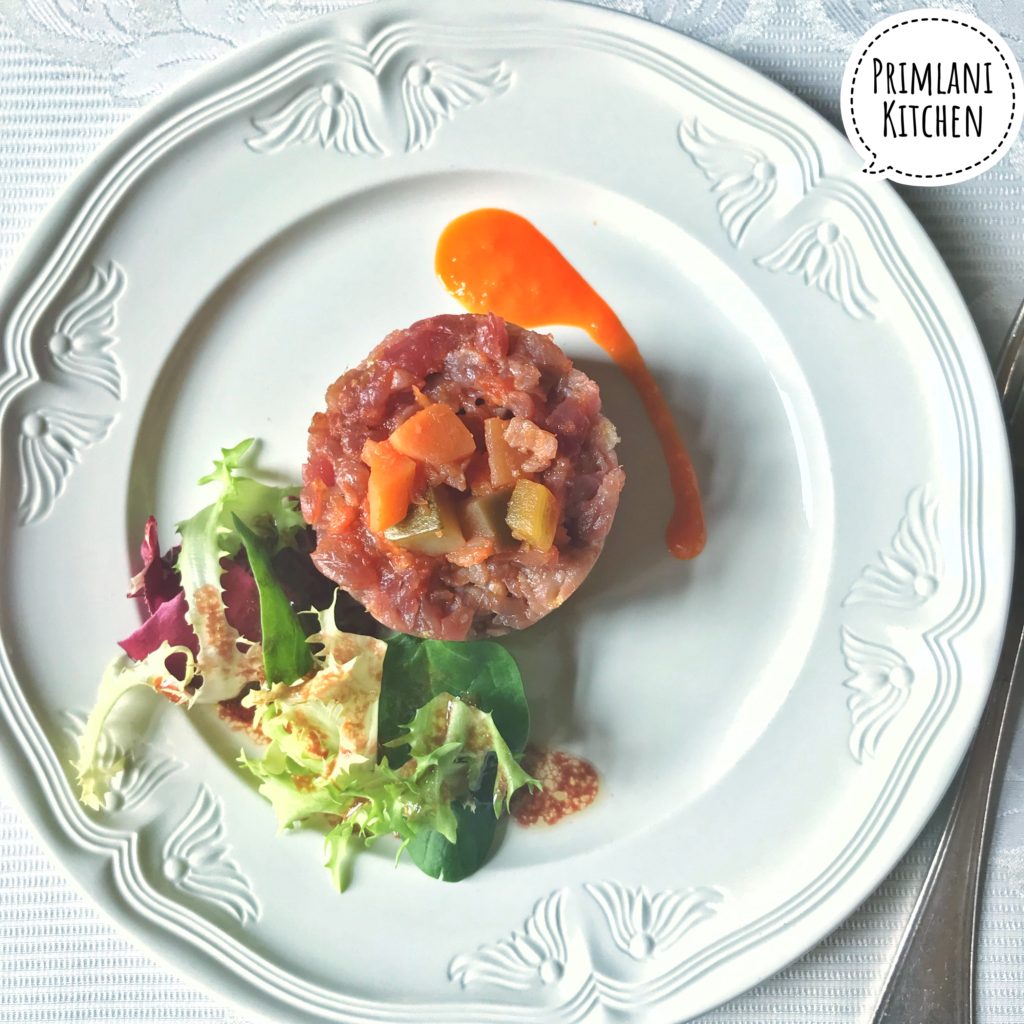
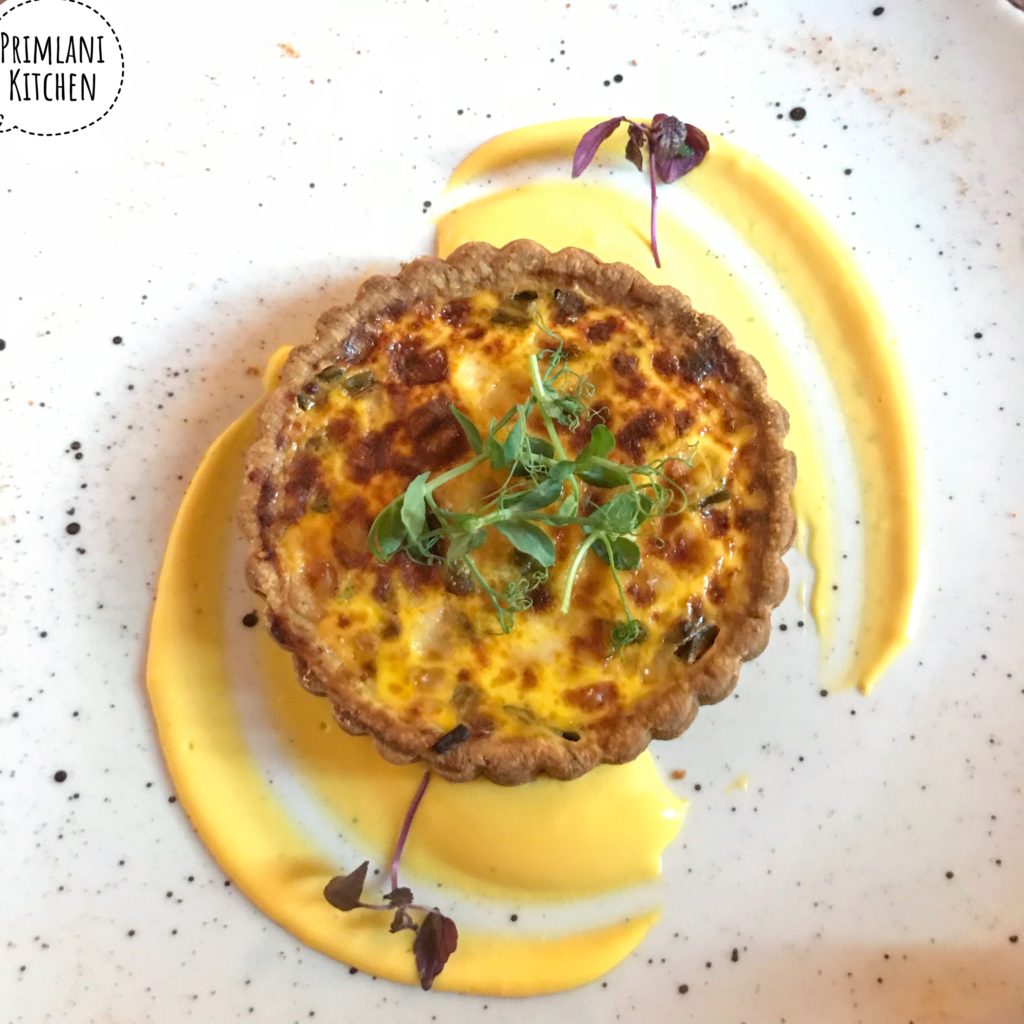
La Quattaro Terre 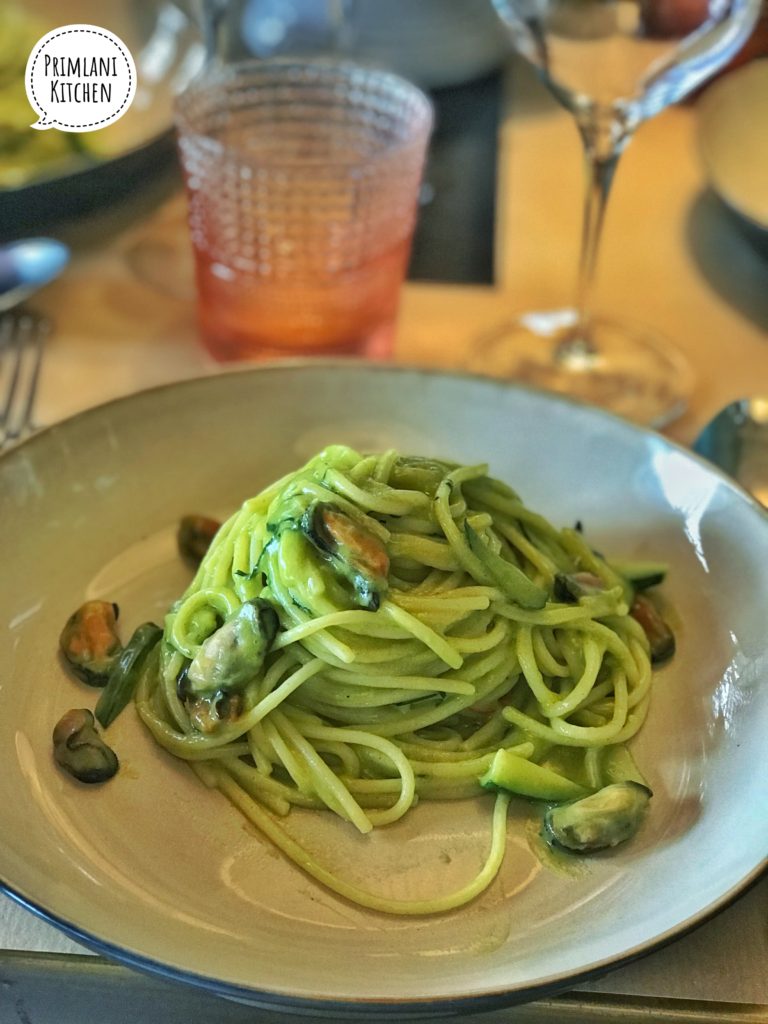
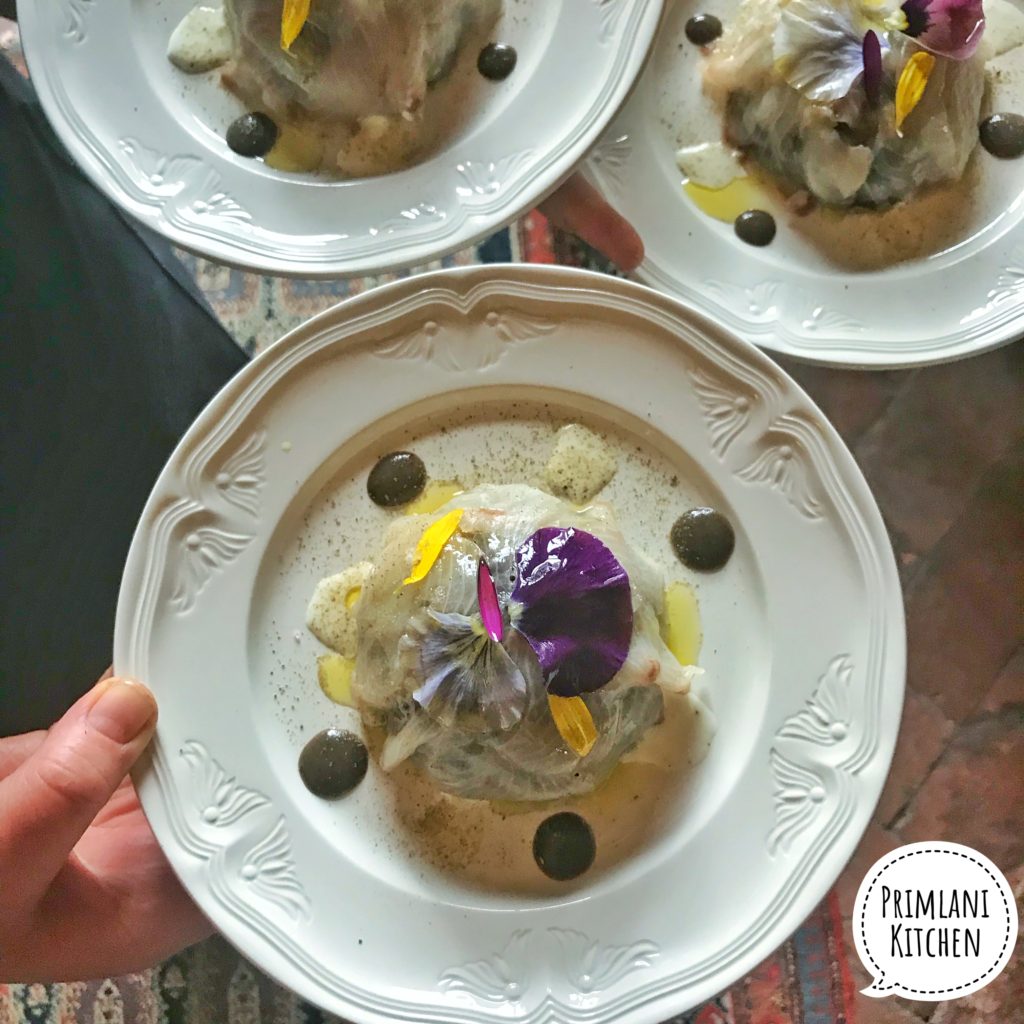
Oh the paradox of wine! The world of wine is an endless journey of learning. You could be lucky enough to be born in a winery, your first steps would have been in the vineyard, the first solid food you ate – a grape. You could live an entire lifetime surrounded with wine, yet you could learn something new about wine. That’s the beauty and enigma of wine. It’s a humbling experience. And some of the most brilliant women and men in the industry I have had the privilege to befriend, exude modesty.
In an nutshell, what does it take to become a brand ambassador? Curiosity fueled by passion, baller confidence, empathetic listening, unwavering discipline, flexibility to adapt quickly, think outside the box, and most importantly, an outstanding product you believe in.
‘Your profession is not what brings home your weekly paycheck. Your profession is what you are put here on earth to do, with such passion and intensity that it becomes a spiritual in calling” – Vincent Van Gogh.
